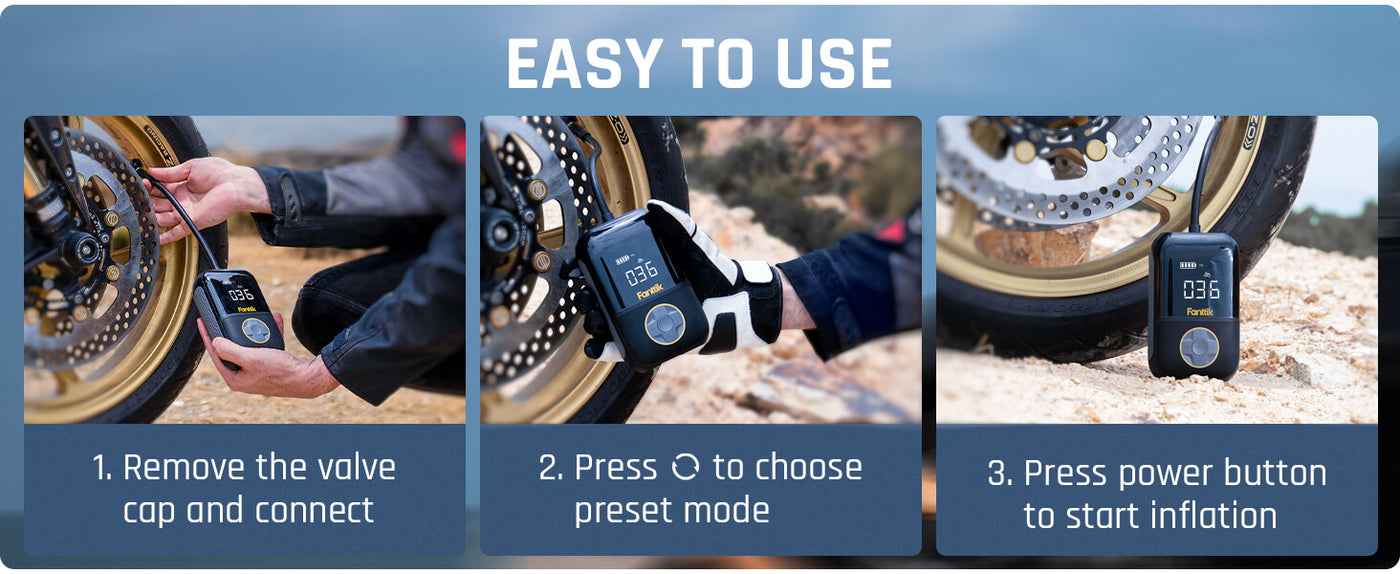Unleash the Power: Discover the Ultimate Heavy-Duty Jump Starter for Your Needs!
In today’s fast-paced world, having a reliable heavy-duty jump starter can be a lifesaver, especially in emergency situations when your vehicle refuses to start. These powerful devices are not just for the average sedan; they are specifically designed to handle larger vehicles like trucks, SUVs, and even boats. The growing reliance on technology and the increasing size of vehicles on the road have made heavy-duty jump starters essential tools for drivers everywhere. Defined by their high power output, robust battery types, and additional features, heavy-duty jump starters offer peace of mind when you need it the most. This article will delve into the intricacies of heavy-duty jump starters, helping you understand their features and guiding you through the comparison process to find the best option for your needs.

Understanding Heavy-Duty Jump Starters
Heavy-duty jump starters are designed to provide a significant boost of power to start vehicles with larger engines. Unlike standard jump starters that might suffice for smaller cars, heavy-duty models typically have a higher peak amp rating, which is crucial for vehicles with bigger batteries. A standard jump starter may deliver around 300 to 600 peak amps, whereas heavy-duty models can offer anywhere from 800 to over 2000 peak amps. Additionally, heavy-duty jump starters often come with advanced battery types like lithium-ion, which are lighter and maintain charge longer compared to traditional lead-acid batteries. Moreover, many heavy-duty jump starters include extra functionalities such as USB ports for charging devices, built-in flashlights for emergencies, and even air compressors for inflating tires. These features not only enhance their utility but also make them a versatile tool for any driver.
Factors to Consider When Choosing a Heavy-Duty Jump Starter
When selecting a heavy-duty jump starter, several critical factors should guide your decision-making process. First, consider the peak amp rating, as this will determine the starter’s ability to jump-start your vehicle. For larger vehicles, a higher rating is essential. Safety features are also paramount; look for models that include reverse polarity protection, short-circuit protection, and overcharge protection to ensure safe operation. Charging time is another crucial aspect; some jump starters can fully recharge in just a few hours, while others might take longer. Portability is also worth considering—if you plan to carry it in your vehicle, lightweight and compact designs are more practical. Lastly, reflect on your specific needs based on the types of vehicles you own and how frequently you might need to use the jump starter. A friend of mine, who owns a large pickup truck, once regretted purchasing a model that was too weak to start his vehicle during a winter trip, highlighting the importance of choosing wisely.
Comparing Top Heavy-Duty Jump Starters
To help you navigate the market, here’s a comparative analysis of various heavy-duty jump starters based on essential factors. One popular type features peak amps ranging from 1000 to 1500, making it suitable for most mid-size to large vehicles. These models usually strike a balance between power and portability, often weighing around 20 pounds. On the other hand, higher-end models can reach peak amps of over 2000, ideal for commercial vehicles or users who frequently operate larger machinery. However, these models tend to be bulkier and heavier, which may not be ideal for everyone. When it comes to battery types, lithium-ion options are gaining traction due to their longer lifespans and lighter weight, though they can be pricier than traditional lead-acid models. Most heavy-duty jump starters also come equipped with extra features like built-in LED lights and USB ports, but the quality of these features can vary significantly across different models. Some users have reported that while they love having multiple USB ports, the charging speed was slower than expected, which is something to keep in mind. Overall, it’s essential to weigh these pros and cons against your specific needs and preferences to make an informed choice.
Maintenance and Usage Tips for Heavy-Duty Jump Starters
To ensure your heavy-duty jump starter remains effective and safe to use, proper maintenance is key. Start with regular charging; many jump starters need to be recharged after each use, and it's best practice to check the charge level monthly, even if you haven’t used it. Store your jump starter in a cool, dry place to prevent battery degradation, and avoid extreme temperatures that could impact performance. When using the jump starter, always read the manufacturer's instructions carefully and follow safety protocols—this includes connecting the positive and negative clamps correctly to avoid electrical hazards. Additionally, conducting routine checks for wear and tear can help catch any potential issues before they become significant problems. A family member once forgot to check their jump starter before a road trip and ended up stuck with a dead battery, emphasizing the importance of regular maintenance.
Choosing the Right Heavy-Duty Jump Starter for Your Needs
In summary, heavy-duty jump starters are invaluable tools for anyone who frequently operates larger vehicles or wants to be prepared for unexpected battery failures. By understanding their features, knowing what factors to consider, and comparing various options available on the market, you can make an informed decision that best suits your needs. Remember, investing in the right heavy-duty jump starter not only ensures that you are prepared for emergencies but also provides peace of mind during your travels. So take the time to evaluate your options and choose wisely to empower your journey ahead!



